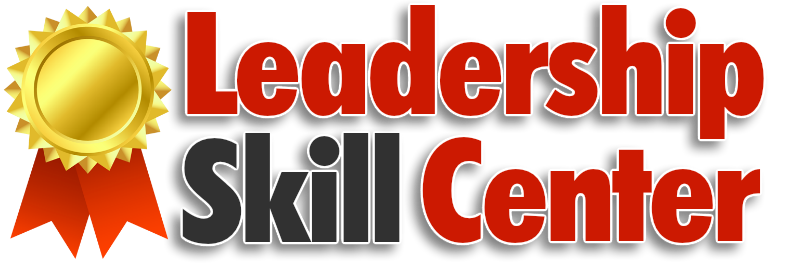The Leadership Power of Purpose
Do you remember that question you drove your parents crazy with when you were a child?
“Why?”
It was the most important, meaningful question you ever asked and nothing happened until you got a satisfying answer.
As we grow up our subconscious still asks the same question every time we are set a task or given an instruction. But as adults, usually we ask it subconsciously. And, unless we have been told the purpose for doing a task, we silently provide our own answers to that question “Why?”.
In the workplace, when we ask ourselves why we should do something, our subconscious response is based on our past experiences or our understanding of the situation or the person setting the task.
Our response might range from positive reasons why we should do something, such as “because I’m the expert at this” or “because it’s critical for successfully completing this project”, through to reluctant reasons such as “because I’ll lose my job if I don’t”.
If someone can’t instantly come up with a good reason to complete a task they may not bother. It may just continually slip to the bottom of their list, no matter how important you might think it is.
When everyone feels so busy all the time, the worst thing a task can be is pointless. If there is no purpose behind a task you can expect to meet resistance. It’s the same if something’s purpose is not clear.
For example, you will notice a huge difference in response between: “Please pick up the rubbish near the front entrance” and “Please pick up the rubbish near the front entrance because we want everyone to feel welcome.” The second includes a simple statement of the purpose behind the task and is much more likely to be complied with than the first one.
There is power in spelling out the purpose behind a simple task, just as there is in making the purpose of a major project, and even your whole organisation, clear and explicit.
Some reasons are much more satisfying or motivating than others. But any reason at all is better than no reason.
The point is that if someone is unclear about your purpose they are unlikely to make your task a priority. By explicitly stating the purpose behind any task, project or your very existence, you help people understand why it is important and they are far more likely to act in they way you want.
So spell your purpose out. Don’t leave it up to them in case they can’t immediately work it out. Every time you give an instruction or assign a task or establish a project or start something new, make your reason for doing so clear and explicit. Answer the question “Why?”.
(More ideas on the Power of Purpose in the Quick Tips below.)
QUOTE OF NOTE
“Treat people as if they were what they ought to be, and you will help them become what they are capable of becoming.”
Johann von Goethe (1749-1832)
QUICK TIPS
* As a leader the ultimate purpose of all work is to realize your vision of a better future. Explain to your people how any task you are assigning, or new project you are starting, links in to this vision.
* Being explicit about the reason why you are holding a meeting will help keep everyone focused on the outcomes you need. A simple statement such as “The reason why we are meeting is to decide who will do what at the trade exhibition next week.” makes the purpose for your meeting clear and guarantees better results.
* Use the word because… For example: “I have asked Lee to help you with this because I want you to teach Lee how to do it. I want either one of you to be able to do it on your own next time because it is such a critical part of what we do.”
* Use the phrase so that… For example “Next week we will all have to use the stairs so that the elevator can be repainted to match our new decor.”

